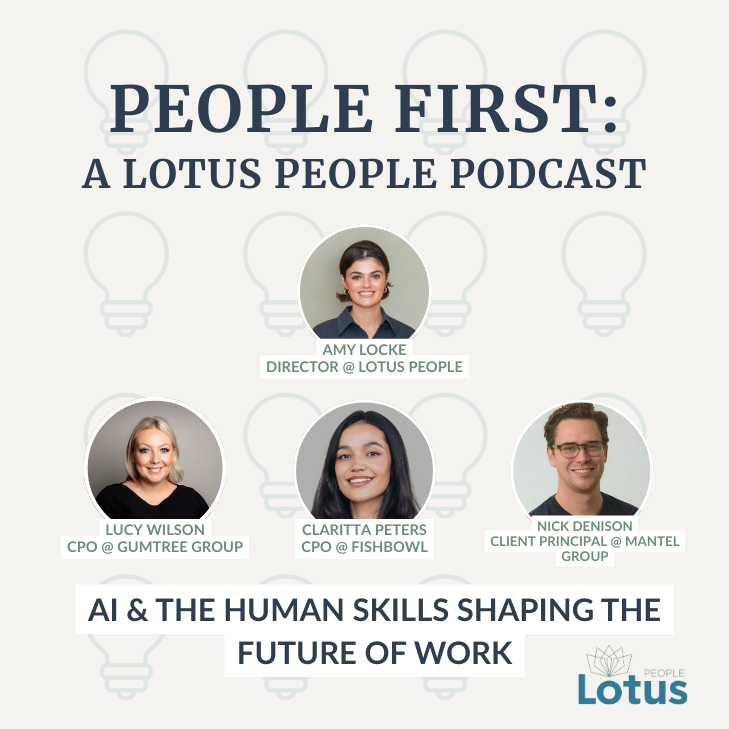By Chloe Duignan
We all know that great feeling you get when you find an amazing candidate to fill an open role within your business. You hope they will fit in well and excel within their role but what many employers forget is the importance of the onboarding process for new employees.
Onboarding begins once the offer has been accepted and how you handle this will show your new employee that they are supported and welcomed into the new role. According to a survey by Jobvite, 30% of new employees will leave their new role within the first 90 days. This is why it is crucial to get the onboarding process right!
Based on my extensive experience with hiring, here are some simple guidelines to follow for the onboarding process:
Before commencement of role:
If the employee’s first day is the first point of communication, you have already made a mistake. Starting a new role can be daunting for some people, but you as the employer have the power to make their first day that little bit easier.
- A week before their start date, I would recommend reaching out to welcome them to the company and advise them of any training sessions that will be held within the first week and of course make yourself available for any questions they may have.
- Create a welcome pack and a welcoming workspace. I can personally say when starting at Lotus People I really appreciated the welcome pack offered, it made me feel appreciated already and not just another number.
On their first day:
- Ensure the direct manager is available to welcome the new employee and to introduce the new starter to the team. Also, it is a great idea to send out a company-wide announcement via email that includes a short introduction of the employee and the role they will be doing.
- On the commencement of their first day, try not to over plan. It is their first day at work and you do not want them feeling overwhelmed within the first hour. Let them sit down at their desk, grab a drink and give them a tour of the office.
- I also believe it is a great idea for companies to set up a lunch or dinner with their new team members to let them get to know their colleagues in a more informal setting.
In the first week:
After the first day is over and your new employee has become familiar with their surroundings. it is a great time to start the training process.
- Have your new employee shadow a manager or other team members, in order for them to get familiar with the day to day activities.
- Set up internal/external training sessions and set and communicate short term and long-term goals your new employee wants to achieve in their new role.
- At the end of the first week, send a survey to the employee asking them how their week has gone. This will help you improve your onboarding process for future employees.
In the first month:
It is important to continue structured training as well as setting up weekly check ins. This will ensure you are available to the new employee for any questions or concerns he/she is having about the role.
Within the first month, your new employee should be getting to know the companies and processes and procedures, and their role to start being incorporated in the fold of a typical day-to-day.
In the second month:
Your new employee should be fully contributing and striving towards the goals they set within the first week, they also should be given the responsibility of a project to run by themselves or within a team, this gives them independence and it will also show your trust in them and their work.
In the third month:
Given everything is going well with your new employee, the employer should work towards a performance review. This is crucial for both parties to be given and receiving feedback in order for the employee to grow and flourish is the role.
Following these simple steps will have an impressive impact on your new employee. It will show the company is fully supporting them as well as encouraging them to grow. Put yourself in their shoes and ask yourself, what support would you want from your new employer?
You may also like...





